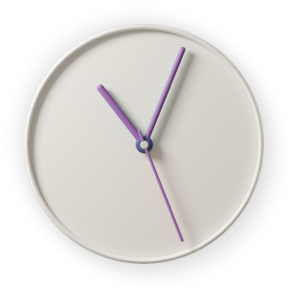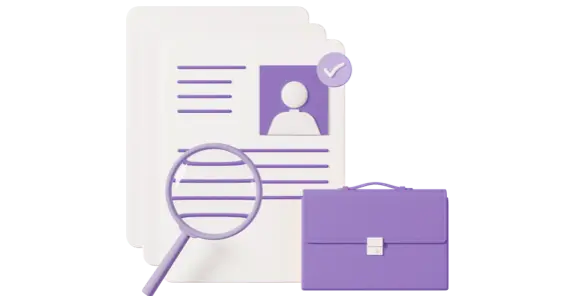Signwriter
Hand-paint signs for historic buildings, fairgrounds, pubs, classic vehicles, boats and more.

About the job
What it's like
You would hand-paint signs for historic buildings, fairgrounds, pubs, classic vehicles, boats and more. This is a traditional craft that involves learning specialised techniques that have been used for generations.
You would:
Lay out designs and lettering
Measure letter size
Prepare surfaces
Paint backgrounds by brush, spray or roller
Trace designs onto wood, metal or glass
Hand-paint designs using special brushes, enamel paint and gold leaf
Repaint and retouch signs on site
You would work with different materials such as wood, metal, glass, and specialised paints and varnishes.

Hours
You would usually work 35 to 40 hours a week, Monday to Friday. You may work evenings and weekends in some jobs.

Environment
You would be based in a workshop or studio, but may also do installation and repainting outdoors. Your work may involve some manual lifting and working at heights.
Explore more information about this job
Here are some useful links to learn more about this career:
Like the sound of this career?
Browse courses in Scotland related to 'Signwriter'
Select qualification level(s)
Other careers that you might like
Model maker Musical instrument maker or repairer Prop maker
Related industries
Many jobs can be done in lots of different industries. We've highlighted the ones we think are most important for this job.
Creative
Top skills
Skills are things you're good at. Whether you know what yours are or not, everyone has them!
It's useful to learn which ones are important in a job so you know the areas you need to brush up on. It can also help you work out if you're suited to a career.
Meta skills
Here are some of the meta skills you'll need to do this job.
- problem solving
- creative
- designing
- observation
- listening
- attention to detail
- implementing ideas
- taking initiative

Your skills are important
Our unique skillsets are what make us stand out from the crowd. Learn about each skill in depth and discover what employers look for in your applications and interviews.
Getting in
Explore each section to find more information about getting into this career.
Colleges and universities will list subjects you'll need for entry to a course. Some useful subjects include:
Art and Design
Art and Design (Design)
Graphic Communication
Skills for Work: Creative Industries
There are no formal qualifications required to enter this role but most employers value a good general education including English and maths.
Some employers may ask for qualifications at SCQF levels 4 to 6.
Design qualifications such as a National Certificate, a National Qualification course (SCQF level 5/6) or Higher National Certificate, or Higher National Diploma courses (SCQF level 7/8) in Visual Communication would be helpful.
You can enter some design National Certificate or National Qualification courses (SCQF level 5) with no formal qualifications.
Once in a job you can gain relevant qualifications such as a Scottish Vocational Qualifications in Signmaking (SVQ level 2/3).
You will need a portfolio of your work when applying to courses and to jobs.
If you are installing signs on site you will need:
a driving licence
a Construction Skills Certification Scheme (CSCS) card
Find the right course for you
Browse courses in Scotland related to 'Signwriter'
